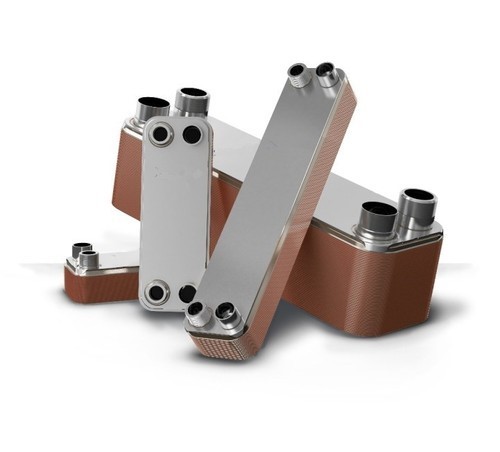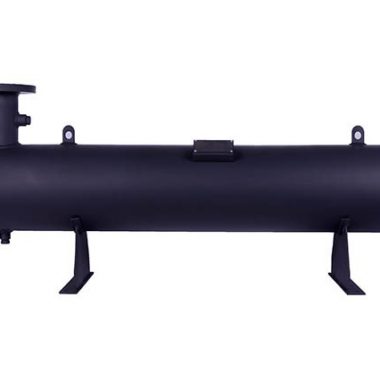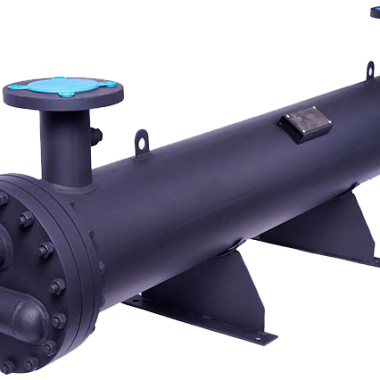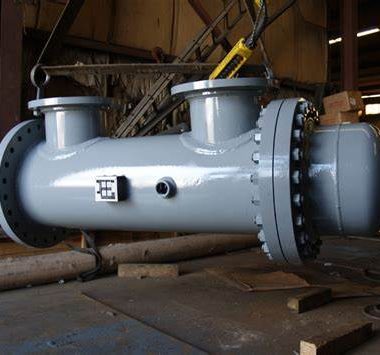Components of Heat Exchanger
The components of a heat exchanger include,
- Shell: The shell is the outermost part of the heat exchanger, which houses the heat exchange process. It is usually made of metal, such as steel or copper.
- Tubes: Tubes are the inner parts of the heat exchanger, which carry the fluids that need to be heated or cooled. They can be straight or coiled, and they come in different shapes and sizes.
- Tube sheet: The tube sheet is the part of the heat exchanger that holds the tubes in place. It is usually made of metal, such as steel or copper.
- Baffles: Baffles are the plates or fins that are installed inside the shell to direct the flow of fluids. They can be designed in different shapes and patterns to enhance the heat transfer process.
- End caps: The end caps are the parts of the heat exchanger that seal the shell and the tubes. They are usually made of metal, such as steel or copper.
- Inlet and outlet nozzles: The inlet and outlet nozzles are the parts of the heat exchanger where the fluids enter and exit. They are usually located at opposite ends of the heat exchanger.
- Expansion joint: The expansion joint is a flexible connection between the shell and the tubes that allows for thermal expansion and contraction.
- Insulation: Insulation is the material that is used to prevent heat loss from the heat exchanger. It can be made of various materials, such as fiberglass or foam.
- Support structures: Support structures are the parts of the heat exchanger that hold it in place. They can be made of various materials, such as steel or concrete, and they can be designed in different.
Overall, The components of a heat exchanger include, shell, tube, spray nozzles, expansion joint, insulation, support structures and end caps etc






Heat Exchangers Spares and Maintenance - Cool Fab Equipments December 28, 2023 at 12:37 pm
[…] Visual Inspection Of Heat Exchangers: […]
Why heat exchangers are used to reduce heat ? - Cool Fab Equipments January 09, 2024 at 8:15 pm
[…] Heat exchangers are utilized to diminish heat or transfer heat from one fluid or substance to another. The essential purposes of heat exchangers include: […]